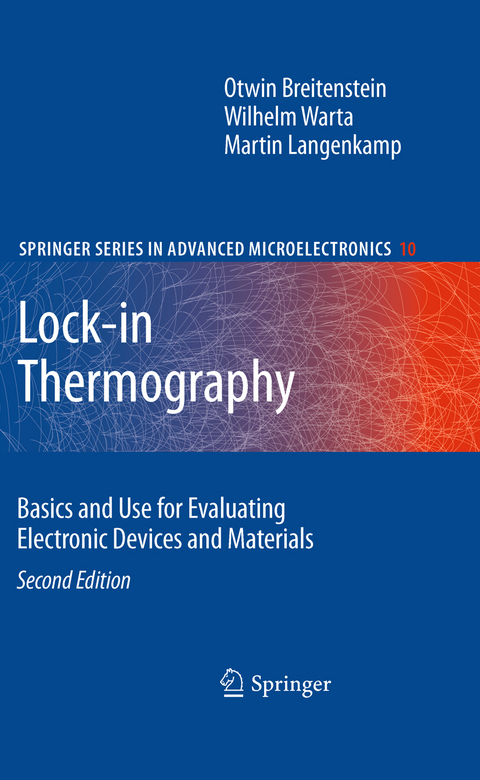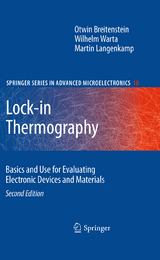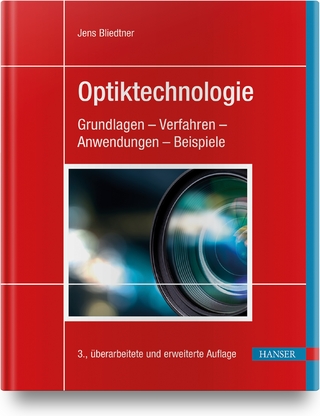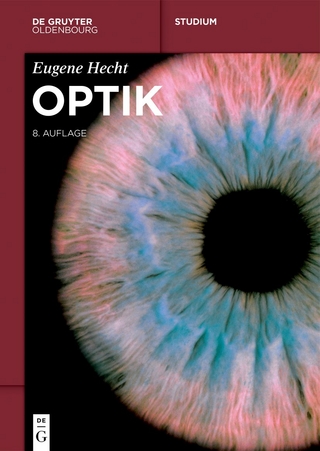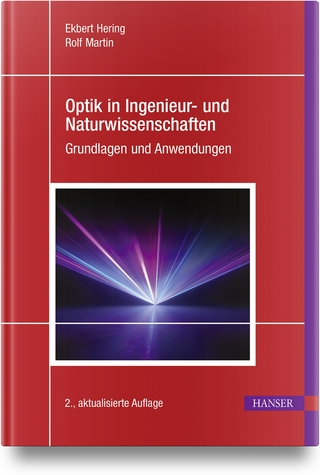Lock-in Thermography
Springer Berlin (Verlag)
978-3-642-02416-0 (ISBN)
Otwin Breitenstein studied physics at Leipzig university and graduated there in 1980. After dealing with spatially resolved capacitance spectroscopy of point defects (Scanning-DLTS) at the Institute of Solid State Physics and Electron Microscopy in Halle until 1992, he is a scientific staff member at Max Planck Institute of Microstructure Physics, Halle. His main interest field is electronic device and materials analysis by electron microscopic and IR-based methods. Wilhelm Warta studied Physics at Würzburg and then Stuttgart University, where he graduated and received his PhD with research on charge transport properties of organic molecular crystals. 1985 he joined Fraunhofer Institute for Solar Energy Systems in Freiburg starting with work on carrier lifetime measurement techniques for semiconductor materials. His fields are the development of measurement techniques for solar cell development, characterization of solar cell material and solar cells, device and process simulation as well as high precision calibration of solar cells.
Introduction.- Physical and Technical Basics.- Timing Strategies.- Heat Dissipation Mechanisms in Solar Cells.- Carrier Density Imaging.- Illuminated Lock-in Thermography (ILIT).- Experimental Technique.- Theory.- Measurement Strategies.- Typical Applications.- Summary and Outlook
| Erscheint lt. Verlag | 5.9.2010 |
|---|---|
| Reihe/Serie | Springer Series in Advanced Microelectronics |
| Zusatzinfo | X, 258 p. 89 illus., 33 illus. in color. |
| Verlagsort | Berlin |
| Sprache | englisch |
| Maße | 155 x 235 mm |
| Gewicht | 634 g |
| Themenwelt | Naturwissenschaften ► Physik / Astronomie ► Optik |
| Technik ► Elektrotechnik / Energietechnik | |
| Schlagworte | Diagnosis • Elektrobauelemente • Failure analysis • Lifetime mapping • Shunt imaging • Solar cell characterization • Thermographie • Thermography • Trap density mapping |
| ISBN-10 | 3-642-02416-5 / 3642024165 |
| ISBN-13 | 978-3-642-02416-0 / 9783642024160 |
| Zustand | Neuware |
| Haben Sie eine Frage zum Produkt? |
aus dem Bereich
